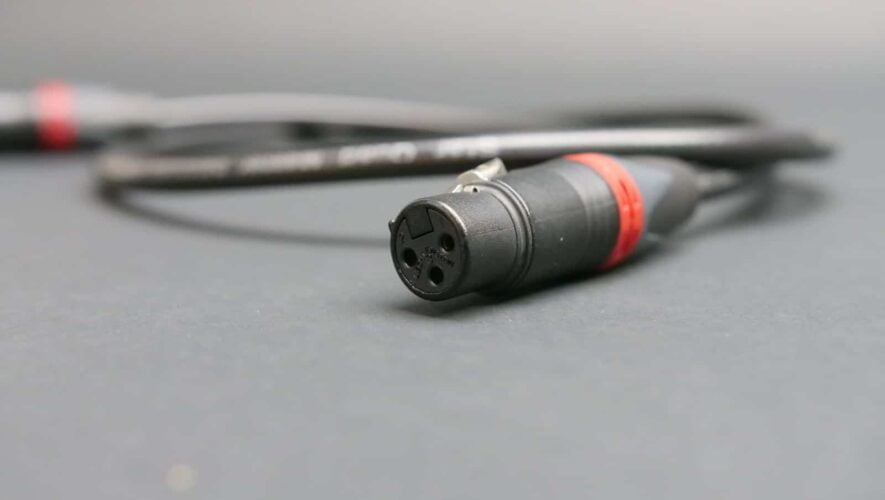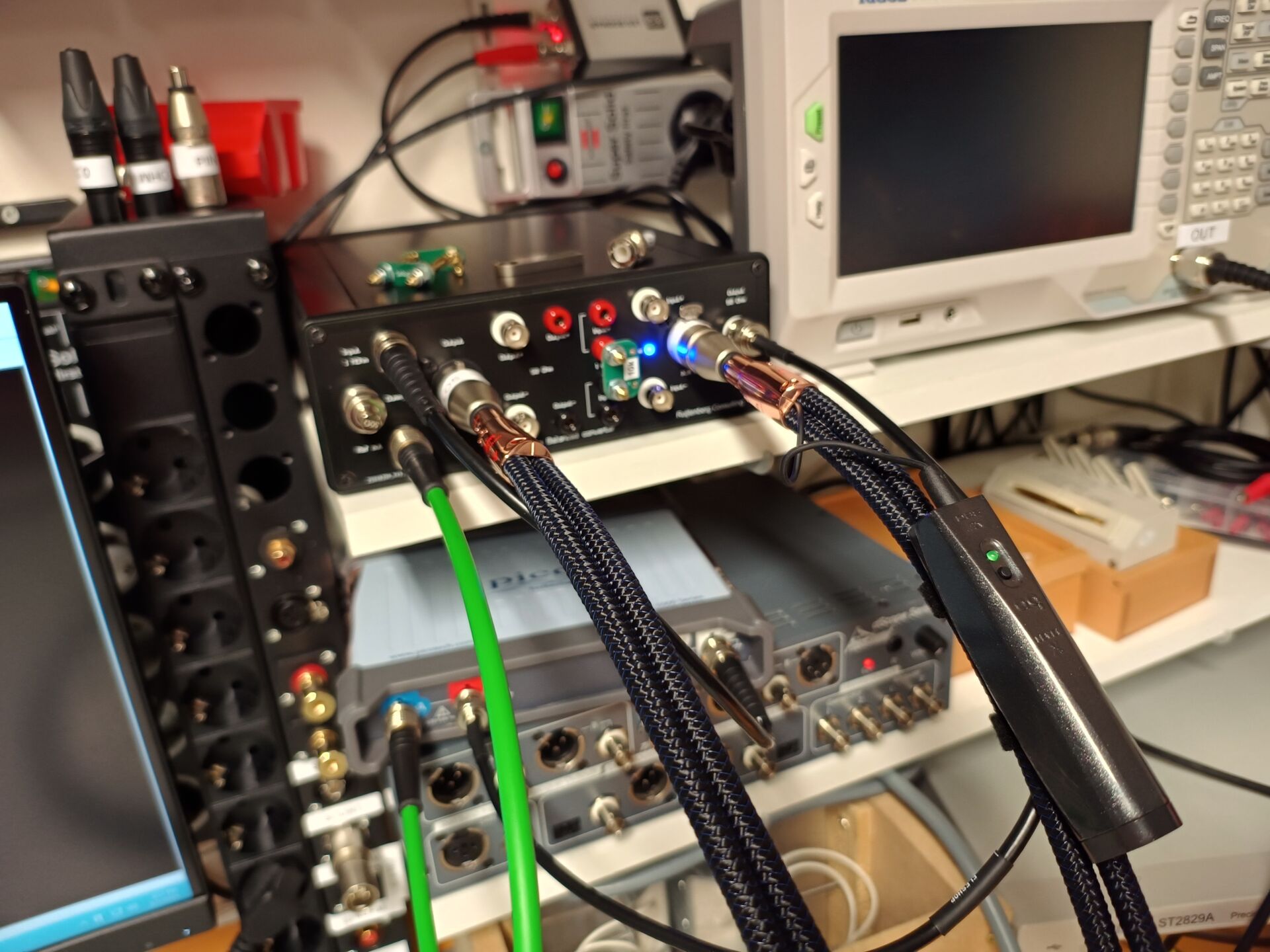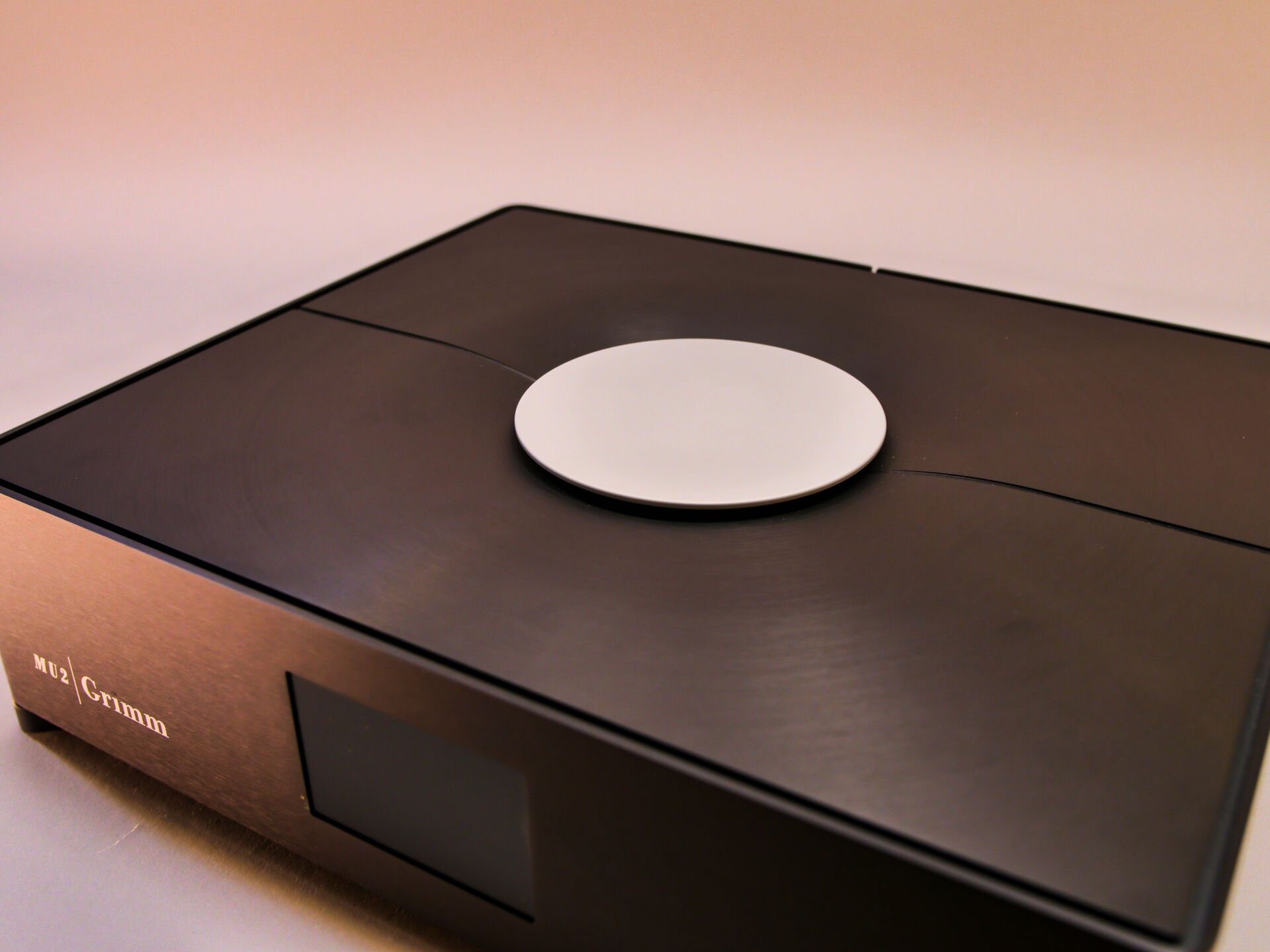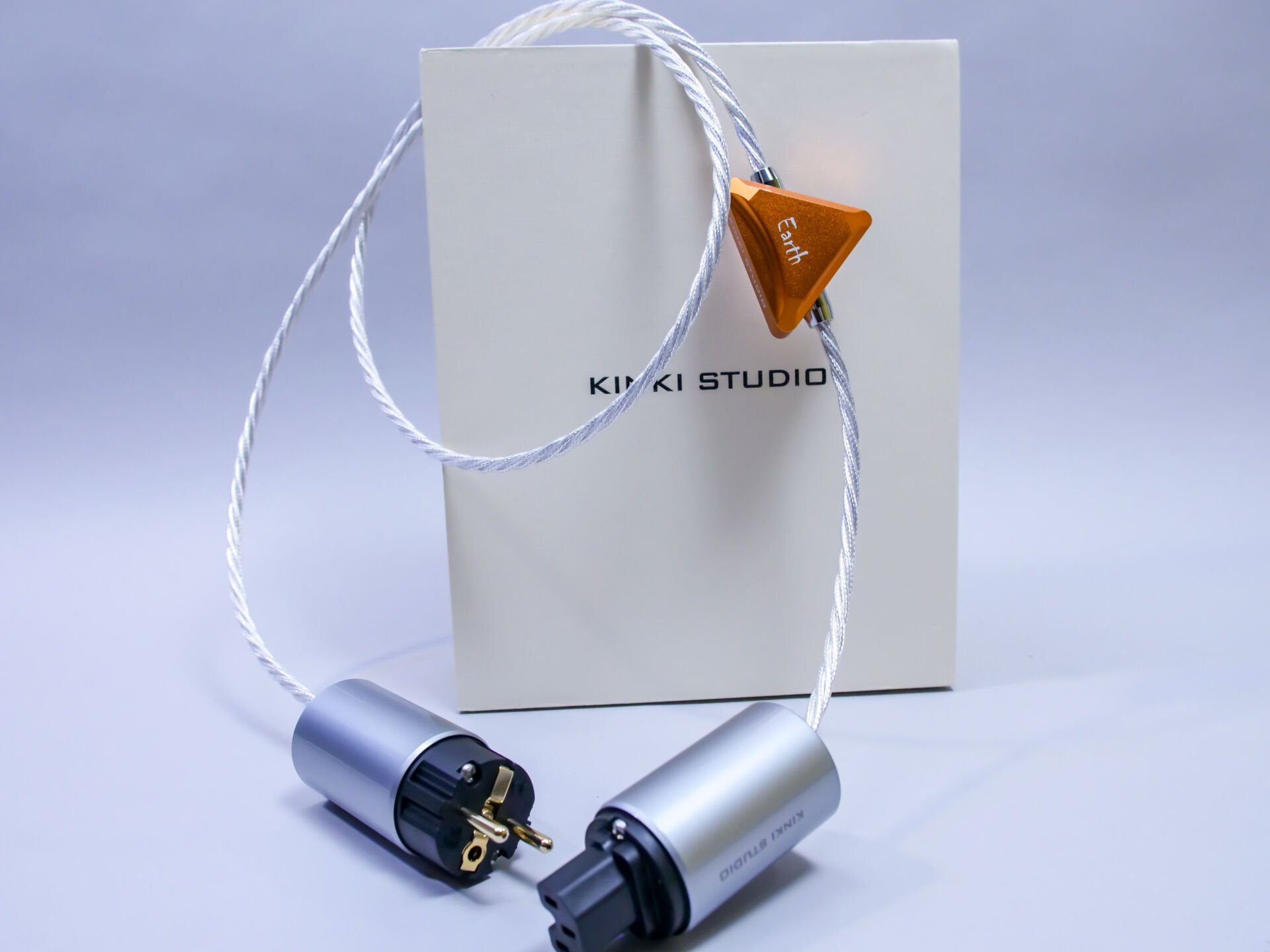

Installatie en weergave
Contents
We have been using Grimm Audio’s TPR series in our reference system for a long time. And with complete satisfaction. The Alpha Audio reference system consists of:
- Pass Labs XP-12
- Metrum Acoustics Pavane dac
- Metrum Acoustics Ambre
- Bryston 4B SST3
- Focal Sopra No1
- Isotek Titan EVO3
- Kemp PowerStrip 8plus
- Cabling from Grimm Audio and Audioquest
For this review we replaced the interlink between the Pass Labs and the Bryston for the SQM. We let the Grimm Audio SQM play for a week before we judged.
Clean… absent
The great power of the Grimm Audio interlinks – including the TPR – is the disappearing trick. This cable is simply not audible. They don’t add anything, they don’t leave anything out… it ‘s’ just there. The biggest difference between the TPR and the TPM (and now SQM), is the refinement.
This absence gives unprecedented peace of mind in the reproduction. After all, the last thing you want is tuning with cables. A cable shouldn’t tune… A cable just needs to carry a signal from A to B. And that’s exactly what Grimm’s cables do.
We forget the SQM in no time. And that’s a good thing. Because that means he’s not ‘present’ in the system. The only thing that needs to be present in a system is music. If you’re playing music and get carried away, that’s always a good sign. If you’re distracted by things that aren’t right – sound balance, sharpness, phase… – then you have to start scratching yourself behind the ears.
How are we supposed to describe a cable that is inaudible? Uh… yeah… you hear music. And the quality of your source, amplification and speakers… and the acoustics of your room. Confronting? Yeah. when things don’t add up. But very enlightening and soothing if it’s true. Little short story this… sorry.
TPM or SQM?
Then the big question: if you have a set of TPM, is an upgrade necessary? Well, uh… no. It’s not immediately necessary. Is the SQM better? Yeah, in some ways. We hear some subtle differences. The suppleness in the set increases slightly. And also the glow in the mid/low. So vocals get a little more ‘chest’ compared to the TPM. And that can be nice. It’s welcome in our set. There’s a little more punch and kick in the bass. In short: across the board subtle improvements can be heard. And that’s impressive considering how good the TPM is…










